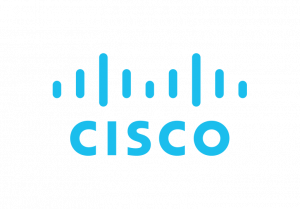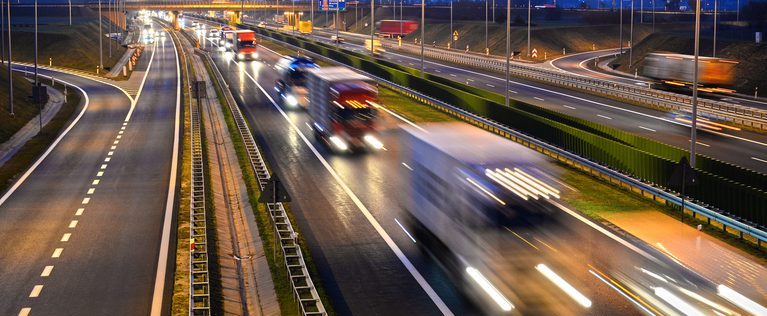Today, transportation is changing radically. There are massive challenges facing the industry, from safety to mobility, to the environment and beyond.
Government regulations, including safety mandates and requirements for driver and operator credentials, are increasing. Congestion on roadways and overcrowded mass transit is growing. There is the impact of rising fuel costs on many sectors within the transportation industry, including passenger vehicles, commercial fleets and emergency response vehicles.
And finally, environmental concerns further highlight the importance of reducing pollution and carbon footprints while the demand for travel continues to rise.
It’s clear that government agencies and transit operators need to find better ways to increase capacity without having to build new infrastructures in the traditional manner.
The path forward? Connected roadways.
What are connected roadways? Well, imagine this: What if traffic lights, parking meters, other roadside infrastructure, cars, city buses, emergency vehicles, and more could communicate with one another, making roads safer and less congested?
Today, they can. Connected roadway technologies are transforming the driving experience in cities across the globe – and opening a new world of possibilities for safety and efficiency. In 2016, the National Highway Traffic Safety Administration (NHTSA) data shows over 37,000 people were killed in around 34,000 motor vehicle crashes, an average of 102 per day. These technologies can help save lives; reduce the 5.5 billion hours of travel delay caused by congestion just in the U.S. alone; and decrease the 2.9 billion additional gallons of fuel and subsequent greenhouse gas emissions from idling vehicles.
Imagine how much safer, more mobile, and more efficient our roads and highways could be, and how much happier and productive residents would be, if all transportation were connected together in an intelligent network infrastructure.
With the right solution for connected roadways, city agencies can improve routes for commuters and can guide long-term smart city growth. Getting a holistic view of vehicle traffic can help digitally transform your city to reduce crashes and make travel faster, easier, more accessible, and friendlier to the environment.
This blog is an excerpt from our recent course created in partnership with Cisco, “Creating Connected Transportation Systems in Your Community.” In our full course, you’ll learn how connected roadways make travel safer, faster and more accessible.






Leave a Reply
You must be logged in to post a comment.